If you’ve been hanging around Needle ‘n Thread for a while, you already know this. If you are new to Needle ‘n Thread, then I might as well tell you now…
I’m a linen freak.
I absolutely love linen.
I should qualify: I love good linen. It is my One Weakness… among many.

Because of my inordinate love of linen, it is not unusual to find stacks of linen swatch books or pages from various linen manufacturers or distributors sitting about the studio.
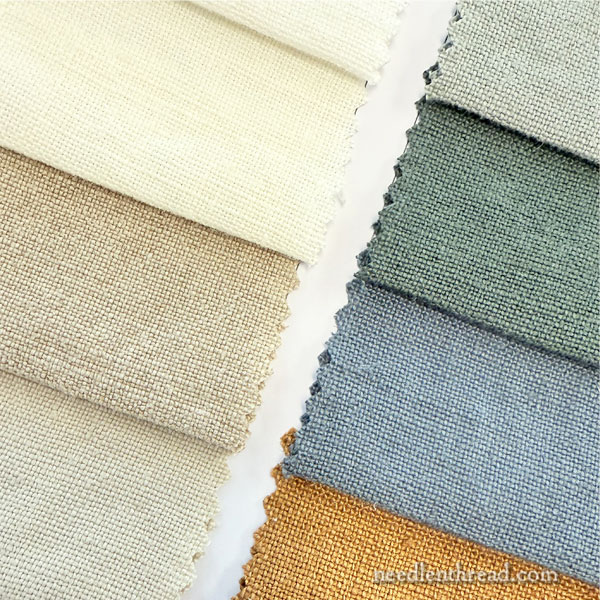
Now, I don’t claim to know everything about linen. I don’t know everything about linen.
And I haven’t experienced every single type of linen from every single area of the world that produces linen.
But I’ve experienced a lot of linen from different places over the years.
And my conclusion is this:
All the best linens that I’ve experienced in my linen-loving life have come out of European countries: Belgium, Italy, France, Germany, Ireland.
Please keep in mind as we meander through this topic today, that I’m talking here about linen that works well for hand embroidery – not linen used for upholstery and other ventures – although sometimes, heavy linens for upholstery are great for embroidery. But overall, this discussion focuses on finer linen that makes good ground fabric for hand embroidery.
Most other linen coming from other places around the globe don’t hold a candle to European linen.
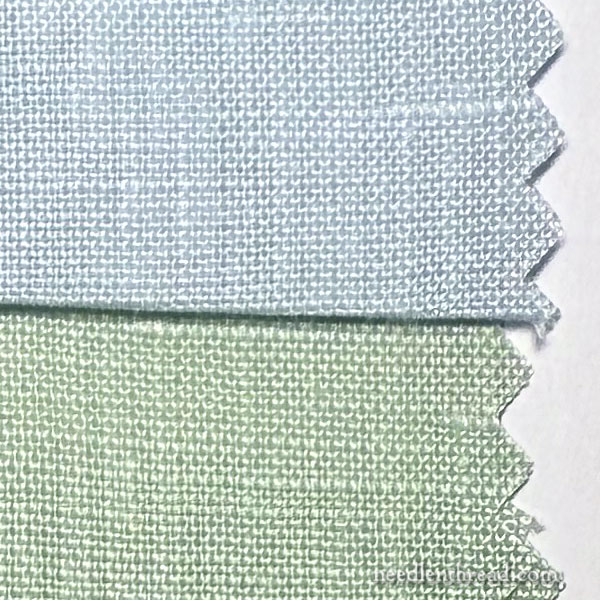
Among the characteristics of a good linen for a hand embroidery fabric, these are the points that I look for.
Aspects of Good Linen
Good linen has consistent warp and weft threads. While the warp and weft don’t have to be the same weight, the threads themselves are consistent across their length, rather than thinning out and thickening up over the span that they cover.
Good linen isn’t full of slubs. It will have slubs – that’s a characteristic of even the best linen – but slubs don’t usually make up a noticeable part of its surface. And hairy and fuzzy slubs are the worst slubs of the lot.
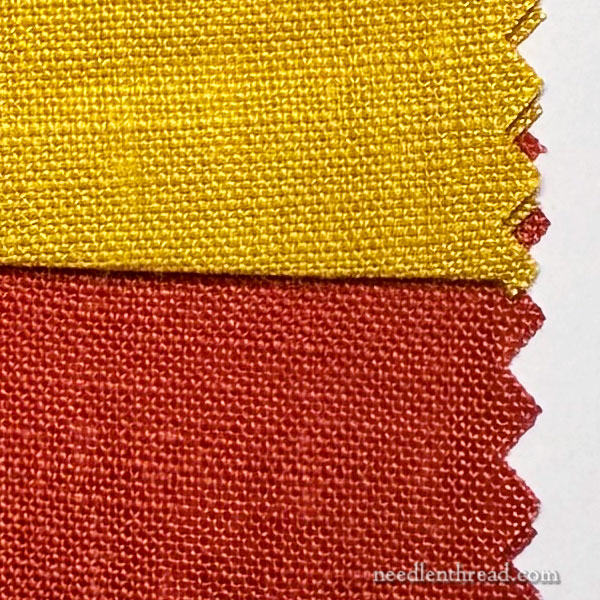
Good linen has a nice hand and a “crisp” finish when it is laundered and ironed. It tends to get better with life, laundering, ironing, and so forth. Its surface is smooth. And it would never even consider pilling.
Good linen has some stretch across the bias, in a normal plain weave, but plain weaves are not stretchy along the grain at all. It’s a firm, strong fabric when put under tension (and even when it’s not).
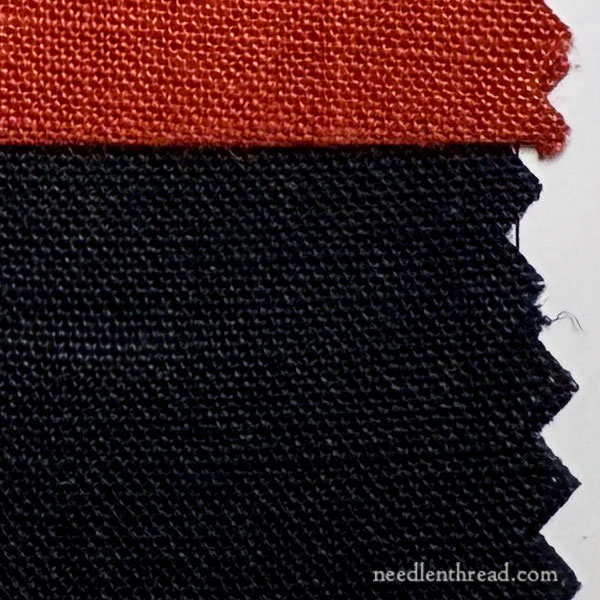
Right now, I’m contemplating Belgian linen.
In recent years, I’ve found I prefer linen from a couple different manufacturers in Italy, linen from Belgium, and linen from one manufacturer in Ireland.
The linens from Italy tend to have more color options, especially among brighter, more contemporary colors.
These linens from Belgium have some color options, but not a whole lot. They’re pretty limited.
The Irish linen I’ve ordered and worked with recently are basically either white or natural.

Optical white, white, cream, and the natural tones – we might call them “oatmeal” or “flax” or simply “natural” – are normally my favorite choices for ground fabric for embroidery.
But my favorite-favorite are generally optical whites and the range of naturals.
I’m not a huge lover of embroidering on cream. I don’t really know why – I think it’s because it tends to have an agéd look before its time. Of course, I understand there’s a place for cream and off-whites. They’re just not my faves.
Blacks and very dark navy are never a favorite for me, simply because I find them so challenging to stitch on. My eyes just don’t like them. But I’d like to like them, because the effect of embroidery on dark-dark fabrics can often be quite stunning.
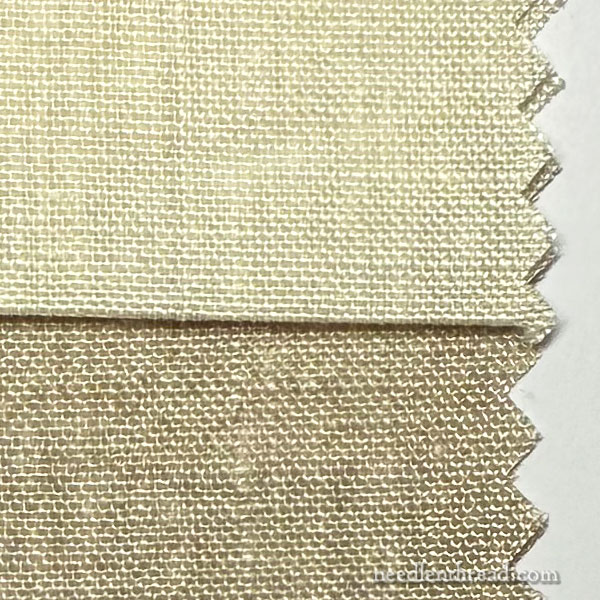
It’s hard for you to get a sense of these linens by just looking at photos of the swatches, I know! I tried to give you close-ups so that you can see the weave.
These are mostly all pretty fine linens – 5.3 oz per square yard (or even slightly finer). It’s not light-light weight, like a batiste or even handkerchief linen, but it’s not heavy linen, either.
Why am I contemplating them so strenuously?
Well, I’m considering sourcing some yardage of Belgian linen for projects and kits, and I’m also exploring some pre-finished goods suitable for embroidery.
So that’s been on my table for the past couple weeks.
I’d like to do some test stitching on some of these particular linens – but you can’t really accomplish much with a 3″ swatch. So my next step will involve ordering some linen, so that I can actually use it – launder it, iron it, stitch on it, fold it, sew it, and so forth.
I’ll let you know my discoveries as I go along…
More About Linen
If you’d like to read more about linen this weekend, you can explore the archives here on the blog, under the “linen” tag. There are all kinds of articles on Needle ‘n Thread that involve linen – from projects to tips on linen care, and so forth.
Have a terrific weekend!


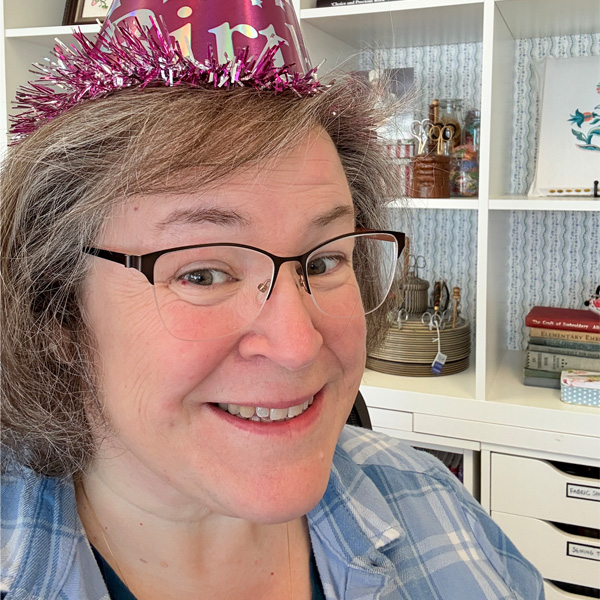
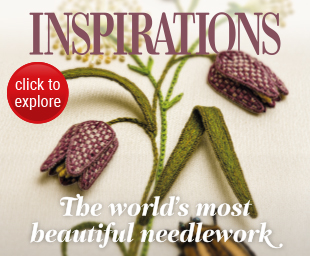
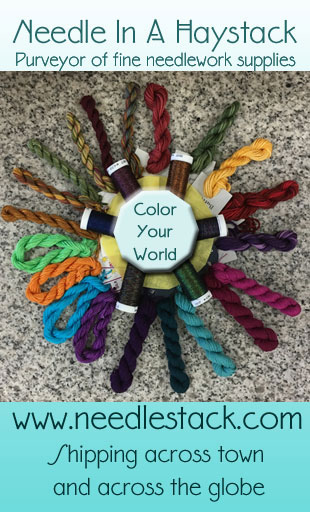
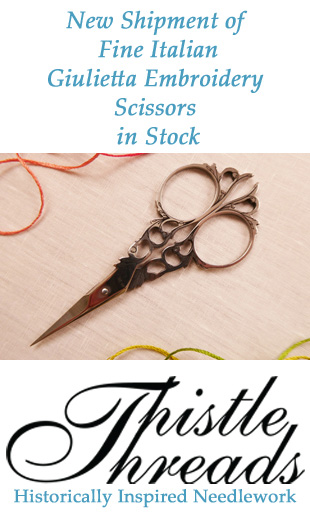
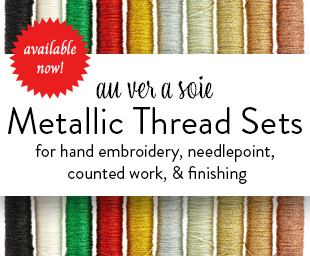
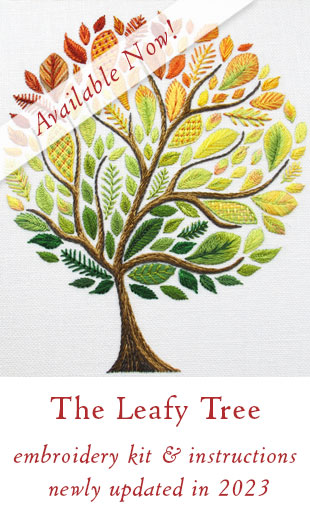
It’s May favorite thing you’ve ever said, so far: “It is my One Weakness… among many.” ❤️
*my* not May! I always see the typo immediately after I hit Send.
Mary,
I absolutely love reading your articles. You are such an expert! It really helps me (and everyone) learn what to look for, and helps give insight to all the thought you put in to every detail of your work. All those details go in to the stunning results you achieve!
When I need new scissors, or am considering a floor stand, or want to try a new type of thread, whatever the case may be – the very first thing I do is search your site to see if you’ve written about it. (You have in fact written about every single subject I’ve searched.)
Thank you for the incredible resource you provide <3
-carrie
Thank you, Carrie! 🙂
I have a question. Is it remotely possible to tell warp from weft without a selvedge? If so, how? Okay, 2ish questions!
It depends on the fabric! But there are some clues to help distinguish warp from weft. Do they always hold true? Or are they always easy to discern? Not necessarily. Sometimes, the higher density is in the warp compared to the weft. Often, the warp threads are a little finer, a little more tightly twisted and even than the weft – but not always. Sometimes, there a little more “stretch” when pulling in the weft direction (but with something like linen or a fiber without obvious stretch, there shouldn’t be a lot of stretch). The warp direction will seem tighter and firmer. The weft direction often frays more than the warp direction…. It’s kind of a matter of getting used to what you’re looking at with fabric, but it’s not always easy to discern, that’s for sure. But you can look for clues, and make educated guesses, anyway. On some fabrics, when I cut from a larger piece, I will mark the fabric indicating the selvedge edge (when there isn’t going to be any selvedge edge remaining), so that I don’t have to sweat over which way is which.
Mary, I need you to know that I immediately shared this excellent phrase with my roommate: “It is my One Weakness… among many.” Oh, do we ever know that feeling! I have quite a few One Weaknesses! 😀
I’m learning so much from you. I would love to embroider on those pretty pale blue and green linens!
Last fall I was in Belgium I searched for linen to use for embroidery. I found none. I asked at various places and got the same answer over and over – it doesn’t exist anymore because it is too expensive to produce and no one was buying it. I wonder if what is produced is for export only?
Hi, Jan – it is still produced, but you’ll normally find it in the home goods industry or the clothing industry and the like, unless you are in specific areas where traditional needlework techniques that require linen are kept alive. If you’re visiting popular or trend-driven needlework / haberdashery shops, it is probably not common. I hear from Europeans all the time who say “we don’t have linen here” – or from folks in the UK who ask where to get linen in the UK, because it’s just not sold for needlework there anymore. The irony is that they are living very close to the areas that produce the best linen in the world – and their needlework traditions have been built pretty much on linen! But it’s kind of like how linen fell out of favor in the needlework industry in the US, especially in the 80’s and 90’s, replaced by cotton (and even synthetic) even-weaves for the cross stitch industry. Linen was only popular with pockets of purists at that time – it wasn’t the big seller in the industry. It’s enjoyed a big come-back over the past 20 years, thanks to the revival of popularity in all kinds of surface embroidery techniques, and to a renewed interest in counted work on real linen grounds – especially in the historical sampler arena. (The internet, too, has helped, because it is easier to acquire products that otherwise you might not find locally, and to learn about products that we might not otherwise know about.) I think the same has happened in Europe. It’s just not used in needlework as much any more, because it’s not the current trend. But it does still exist, absolutely!
OMG, I too am a linen freak – but mine is for garments. I agree 100% – the European linens are by far the best! Love this article. Thank you to a fellow linen lover!
I love linen too. I practice Shibori and linen dyes so nicely.
Looking forward to hearing about your linen choices in a future post. We all strive to find the best linen options for our own projects and it can be difficult
I hope this is an option for those pillow cases you mentioned a week or so ago. I would love to make those.
Thanks for the blog on linen. VERY interesting! There’s always something new to learn.